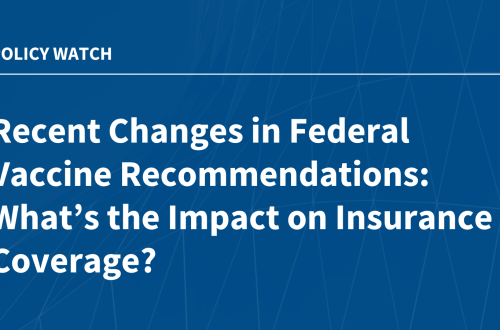Article Summary
Redlining, a federal practice outlawed in 1968, continues to negatively impact women’s health, particularly with breast cancer factors and survival rates. Historical redlining still influences a neighborhood’s breast cancer environment and a woman’s survival, with worse survival rates among breast cancer cases in redlined neighborhoods compared to non-redlined areas. This disparity is not solely due to differences in the resources of the people who live there but also due to something about the neighborhoods themselves.
What This Means for You
- If you live in a historically redlined area, ensure you are up to date on breast cancer screenings.
- Health departments should consider interventions to reverse factors that contribute to higher risk for breast cancer in redlined neighborhoods.
- Health practitioners in different regions should focus on specific factors that contribute to higher risk for breast cancer, such as obesity, smoking, physical inactivity, and mammography access.
- Redlining’s impacts persist despite being outlawed, influencing health, environment, and access to health resources for affected communities.
Original Post
In neighborhoods across America, women face a daunting threat from a federal practice that, although it was outlawed decades ago, continues to negatively impact their health today.
A study by the University at Buffalo investigated how historical redlining, the federal policy from the 1930s where neighborhoods were given mortgage security grades based on race, ethnicity, class status, and land use, impacts both present-day breast cancer factors and survival after diagnosis.
“Historical redlining is a really interesting factor to study with breast cancer because it ties neighborhood environmental profiles to socioeconomic factors,” explains Sarah M. Lima, the lead author of the studies. “Redlining affected the design of U.S. cities and determined much of today’s environmental profiles and socioeconomic resources in neighborhoods, making it a type of perfect storm for breast cancer.”
The findings revealed that redlining remains an influential factor in a neighborhood’s breast cancer environment and a woman’s survival. Regardless of a woman’s health insurance status, treatments, and socioeconomic status, she is more likely to die within five years of her diagnosis if she lives in a redlined neighborhood.
The study also showed that redlining was associated with progressively lower survival for each grade among breast cancer cases. Moreover, worse redlining grades had a higher prevalence of worse prognostic factors, including distant stage or metastatic cancer and more aggressive forms of breast cancer.
These results suggest that the differences in survival by historical redlining are not just due to differences in the resources of the people who live there but also due to something about the neighborhoods themselves.
Key Terms
- Redlining
- Breast cancer factors
- Breast cancer survival rates
- Neighborhood environment
- Socioeconomic resources
ORIGINAL SOURCE:
Source link


